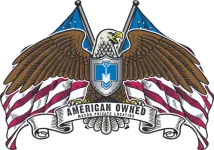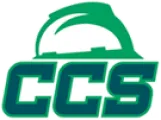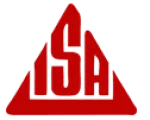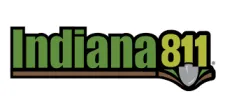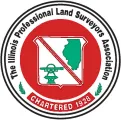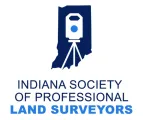Through history, across the globe, trees have had significant cultural symbolism. Trees make us feel connected to nature, because they connect us to nature. But beyond mythology, folklore and legend is the undeniable value they bring to our ecosystem. Not only are they a habitat for wildlife and natural beauty that are invaluable to our mental and emotional well being, we often take for granted the role that trees play in providing a natural source for clean air and water.
But before you grab your shovel to "be the change you want to see in the world," we urge you to carefully consider the types of trees you select - and where you plant them.
Team MPL utilizes robotic cameras to conduct sewer investigations and safely pinpoint obstructions in sewer lines. We often find that the root of the problem is just that: tree root intrusion. In both residential and commercial landscaping, invasive tree root systems can creep into subsurface infrastructure causing expensive and exhausting damage over time.
Don't let the prospect of tree root intrusion discourage you from all of the other benefits of planting trees! A little research into typical root length in relation to the type, depth and location of subsurface utilities can go a long ways to ensure you plant the right trees, in the right places, on your property.
Tree Species with the Most Invasive Roots:
- Sycamore trees
- Willows
- Oak and fig trees
- Maple trees
- Aspen trees
- Elm trees
- Birch trees
If you have any of these trees (or others) on your property and are experiencing issues with your sewer system, here are a few tell-tale indicators of root intrusion:
- Frequent, unexplained clogs in tubs, toilets, or sinks
- Frequent toilet plunging
- Gurgling coming from drains
- Water draining slowly from the tub or sink
- Sudden reduction in available water
- Abrupt drop in water pressure
- Whistling, or unusual sounds, from your pipes
- Sudden increase in water bills despite normal water usage
- Green patches in your yard
- Foul smells in your yard or basement
You should ALWAYS get visual confirmation of sewer obstructions with CCTV robotic camera services, prior to sending any cutting tools through your sewer line. While it may seem like a quick and easy solution, increased use of trenchless technologies in the U.S., such as horizontal directional drilling (HDD), have led to an abundance of "cross-bore" instances. Cross-bores occur when two utilities intersect, most commonly seen in populous, urban areas of the U.S. One of the most dangerous cross-bore instances is when a new gas line is inadvertently bored through an existing sewer line. Blindly sending a cutting tool into a gas line that intersects your sewer line could spark, igniting highly flammable sewer gases, resulting in an explosion. Don't trust that your plumber has performed robotic camera services, ASK.
Team MPL wishes you a happy, safe dig season and Arbor Day with a friendly reminder to call 811 before you dig (yes, even just to plant a tree) - and the invitation to contact us for visual confirmation of your sewer obstructions.

